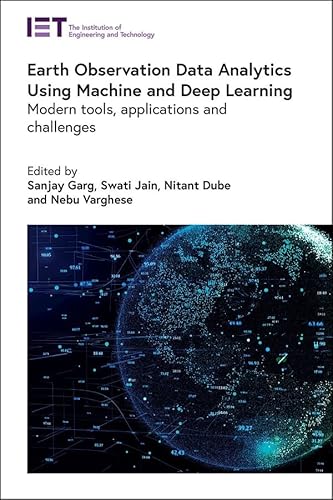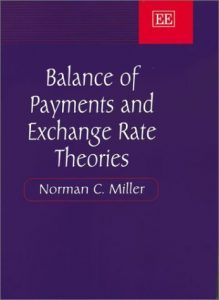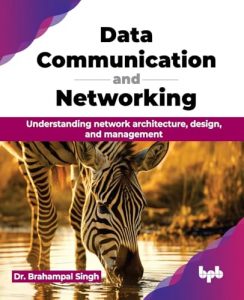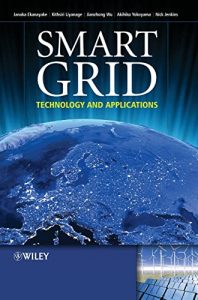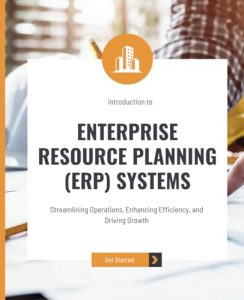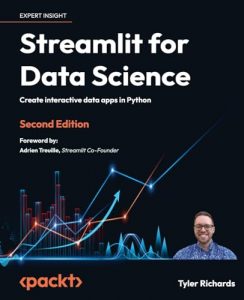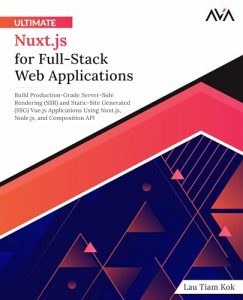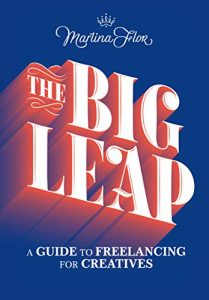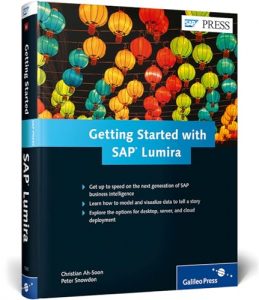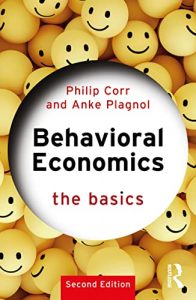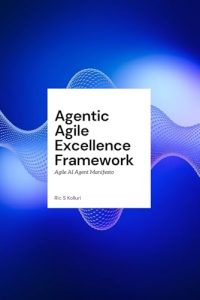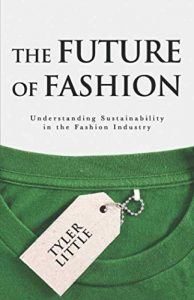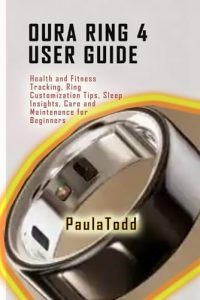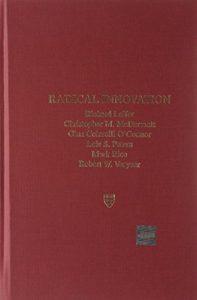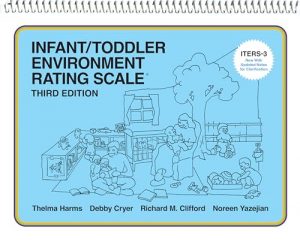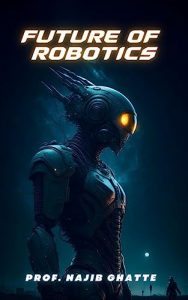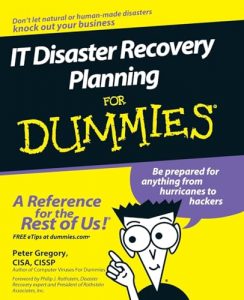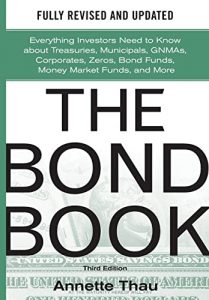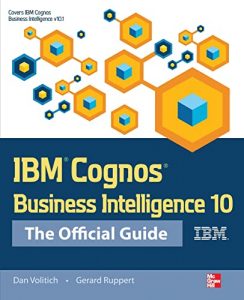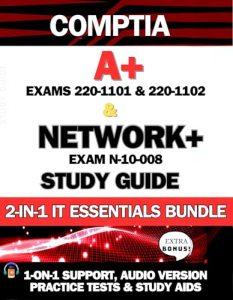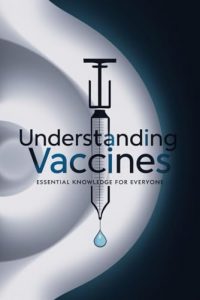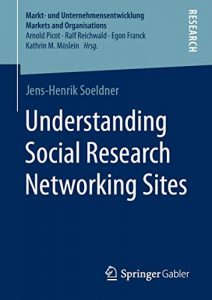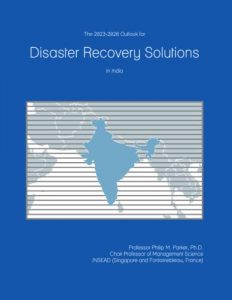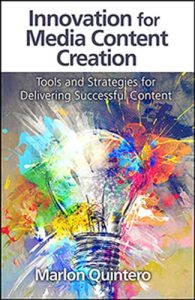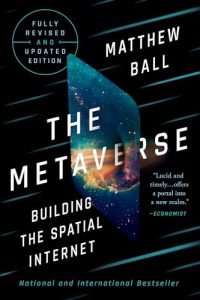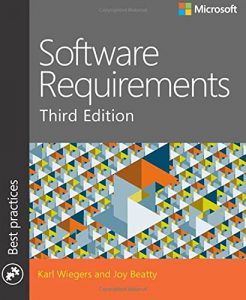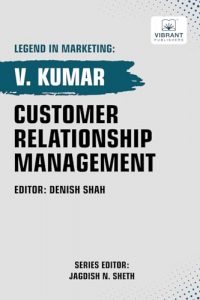Top Books on Observation and Analytics: Dive In!
In an increasingly data-driven world, understanding the nuances of observation and the analytics that stem from it is crucial. From machine learning to subconscious behavioral studies, these books offer profound insights and challenges in the field of observation. Here are some must-reads that will enlighten and inspire you!
1. Earth Observation Data Analytics Using Machine and Deep Learning
This book is a revolutionary guide for professionals and enthusiasts alike who wants to navigate the evolving landscape of Earth observation data. Co-authored by Sanjay Garg, Swati Jain, Nitant Dube, and Nebu Varghese, this resource presents the latest tools, applications, and unique challenges faced in the field, backed by deep learning techniques. It encourages a practical understanding of data analytics combined with theoretical exploration, making it essential for both academics and practitioners. With a solid foundation in machine learning, readers will appreciate how these concepts can be applied to real-world scenarios.
2. Prediction Revisited: The Importance of Observation
Mark P. Kritzman, David Turkington, and Megan Czasonis delve deep into the subject of observation in their book “Prediction Revisited: The Importance of Observation.” This title emphasizes the foundational role observation plays in making accurate predictions, an aspect too often overlooked in analytics. With engaging case studies and practical frameworks, this book is designed for anyone interested in the influence of observational data on predictive modeling and decision-making processes. This book is not just informative; it refines the way we approach predictions in various fields—from economics to environmental studies.
3. Cybersecurity Analytics
In an era where cyber threats loom large, “Cybersecurity Analytics” by Rakesh M. Verma and David J. Marchette offers a comprehensive look into the analytics that protect our digital landscapes. With its focus on data analysis techniques specific to cybersecurity, this book serves as a valuable resource for IT professionals and security analysts. Readers will learn about critical methodologies for detecting vulnerabilities and responding to incidents efficiently. Understanding the implications of data analytics in this field may very well be the key to safeguarding sensitive information in our connected world.
4. Unobtrusive Observations of Learning in Digital Environments
“Unobtrusive Observations of Learning in Digital Environments,” authored by Vitomir Kovanovic, Roger Azevedo, David C. Gibson, and Dirk Ifenthaler, explores learning behaviors in modern digital contexts. This innovative book sheds light on data collection methodologies that allow educators to understand learner engagement without disrupting the learning experience. Such unobtrusive observation techniques can provide invaluable insights into cognitive processes, emotions, and social interactions during learning. This is an essential read for educators, instructional designers, and researchers who aim to enhance learning through technology.
5. Beyond Words: Movement Observation and Analysis
This seminal book by Kaoru Yamamoto and Carol-Lynne Moore takes a unique approach by analyzing movement as a form of communication. Understanding non-verbal cues is essential for various fields, including psychology, therapy, and education. This book goes beyond traditional analytics and encourages readers to observe and interpret bodily movements, thereby enhancing interpersonal communication skills. For practitioners involved in physical therapy, occupational therapy, or any form of hands-on education, this book provides insightful methods to improve your practice.
6. On Freud’s Observations On Transference-Love
Freud’s legacy continues to inspire critical analysis in psychology. In “On Freud’s Observations On Transference-Love,” Aiban Hagelin, Ethel S. Person, and Peter Fonagy examine one of Freud’s most compelling concepts through contemporary lenses. This book offers not only a historical context for transference but also how it can manifest in therapeutic relationships today. Ideal for budding psychologists and seasoned therapists, this text serves as both a critical review and a reference guide, making it a must-read for anyone passionate about psychoanalysis.
7. Learning About Human Nature and Analytic Technique from Mothers and Babies
Nara Amelia Caron and Rita Sobreira Lopes dive into the profound connections between mothers and their babies, exploring human nature through this pivotal relationship. In their book, they highlight valuable lessons that can be drawn about attachment, emotional development, and analytical techniques used in therapy. This read is particularly relevant for practitioners in child psychology and those interested in developmental psychology, providing a foundational understanding of how early relationships shape human behavior.
8. Understanding Political Science Statistics
Written by Peter Galderisi, “Understanding Political Science Statistics” serves as an essential guide for political analysts and researchers. This book explains the significance of observation and the various statistical techniques used in political analysis. By providing clarity on statistical concepts and methodologies, it empowers readers to interpret data critically and make informed decisions in the dynamic field of political science. For anyone involved in academia or practical political research, this resource is invaluable.
9. Transforming Infantile Trauma in Analytic Work with Children and Adults
Martha Stevns and Lucinda Hawkins tackle the sensitive topic of infantile trauma in their groundbreaking work. This book speaks to the intricacies of analytical techniques that can be implemented when working with both children and adults who have experienced trauma. With empathetic insight, the authors provide actionable strategies and therapeutic interventions that resonate with mental health professionals seeking to mitigate the long-term effects of early adverse experiences. A crucial read for clinicians and therapists alike.
10. Taming The Big Data Tidal Wave
In a landscape characterized by information overload, Bill Franks and Thomas H. Davenport provide a lifebuoy in “Taming The Big Data Tidal Wave.” This book empowers readers to discover the opportunities that exist in massive data streams through advanced analytics. It blends theory with practical case studies, making it a relevant text for data scientists, business analysts, and decision-makers exploring how to leverage big data. In this age of digital transformation, it’s a vital resource for anyone looking to improve their data literacy and analytics capabilities.
Whether you’re a student, a professional, or simply someone keen to expand your knowledge on observational studies, these titles will surely offer valuable insights and provoke thought. Get ready to transform the way you observe, learn, and apply data in your personal and professional life!

